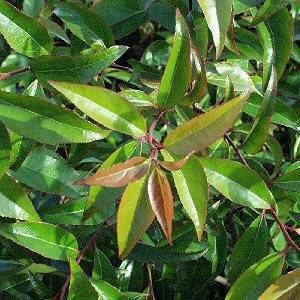Scientific name Xylosma Rank Genus | Tribe Flacourtieae | |
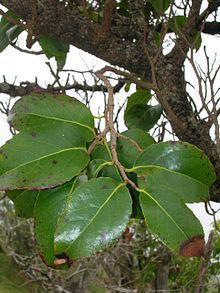 | ||
Similar Flacourtiaceae, Salicaceae, Casearia, Flacourtia, Homalium | ||
Xylosma congestum
Xylosma /zaɪˈlɒzmə/ is a genus of flowering plants in the willow family, Salicaceae. It contains around 100 species of evergreen shrubs and trees commonly known as brushhollies, xylosmas, or, more ambiguously, "logwoods". The generic name is derived from the Greek words ξύλον (xylon), meaning "wood," and ὀσμή (osmé), meaning "smell," referring to the fragrant wood of some of the species. The Takhtajan system places it in the family Flacourtiaceae, which is considered defunct by the Angiosperm Phylogeny Group.
Contents
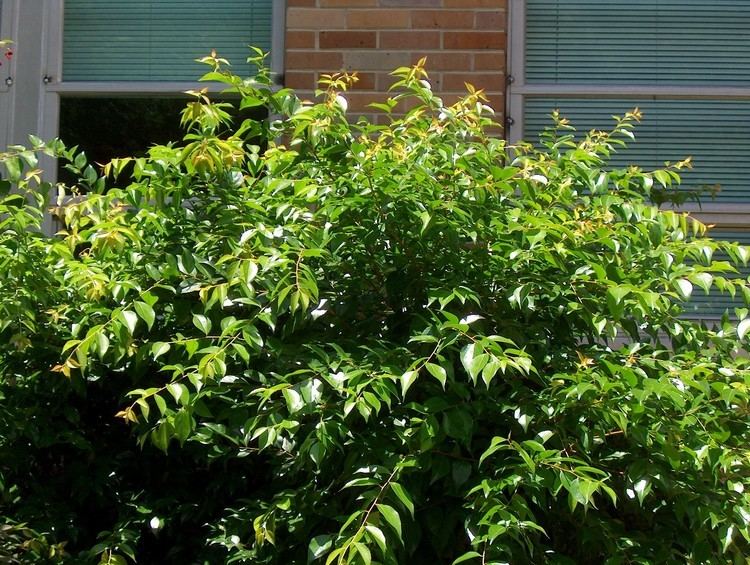
Xylosma garden plants
Description
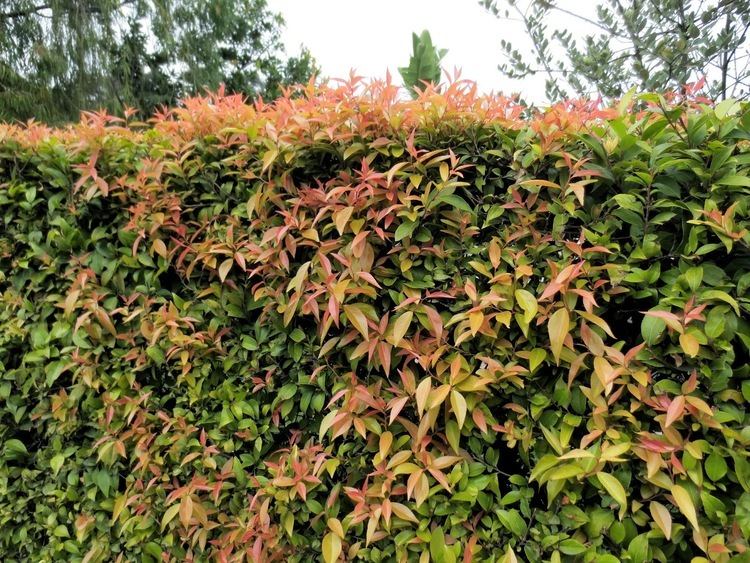
The leaves are alternate, simple, entire or finely toothed, 2–10 cm (0.79–3.94 in) long. The flowers are small, yellowish, produced on racemes 1–3 cm (0.39–1.18 in) long, usually dioecious, and have a strong scent. The fruit is a small purple-black berry 5–10 mm (0.20–0.39 in) in diameter that contains 2 to 8 seeds.
Range
The genus is predominantly native to the tropics and subtropics, from the Caribbean, Central America, northern South America, the Pacific Islands, southern Asia and northern Australasia. Two species, X. congestum and X. japonicum, are found in warm-temperate eastern Asia (China, Korea and Japan). Molecular phylogenetic analysis suggest that the genus Lasiochlamys from New Caledonia may be nested in Xylosma.
Ecology
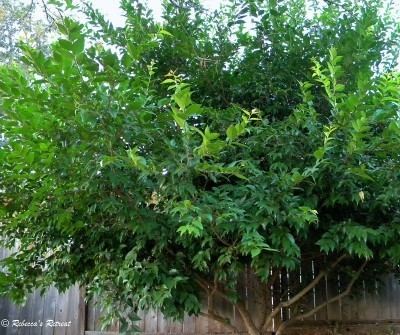
Xylosma foliage is used as food by the caterpillars of some lepidoptera, such as the rustic (Cupha erymanthis), which feeds on X. racemosa, and the common leopard (Phalanta phalantha), which feeds on X. longifolium and X. racemosa.
Uses
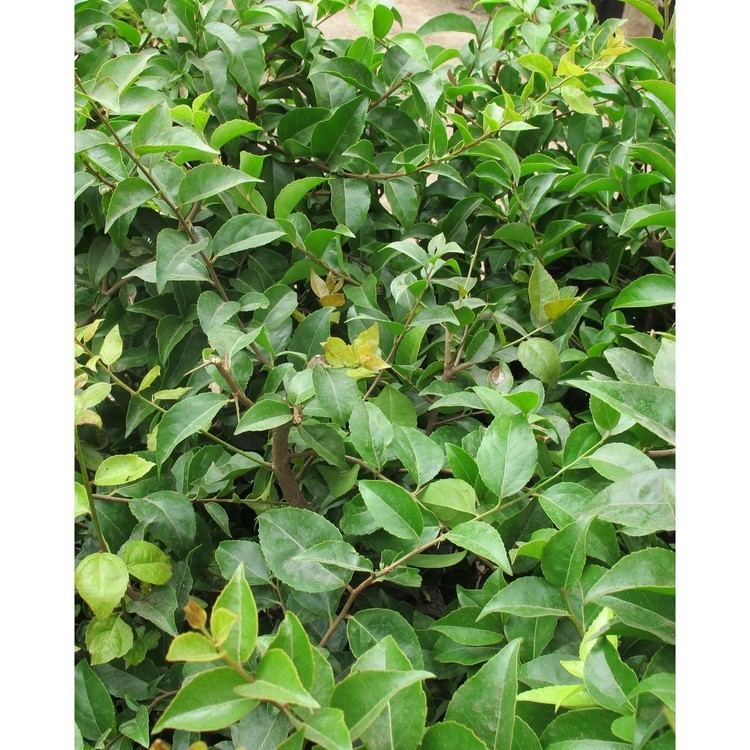
The main use for the genus is as hedge and topiary plants among gardeners in desert and chaparral climates. Xylosma congestum is the species usually seen in garden hedges and in road landscaping, despite the fact it bears thorns. Other species cultivated for these purposes include X. bahamensis, X. flexuosa, and X. heterophyllum. X. longifolium is sometimes grown in India for its edible fruits. In addition, a medicinal extract is made from its young leaves that acts as antispasmodic, narcotic, and sedative.
Selected species
Species include:
